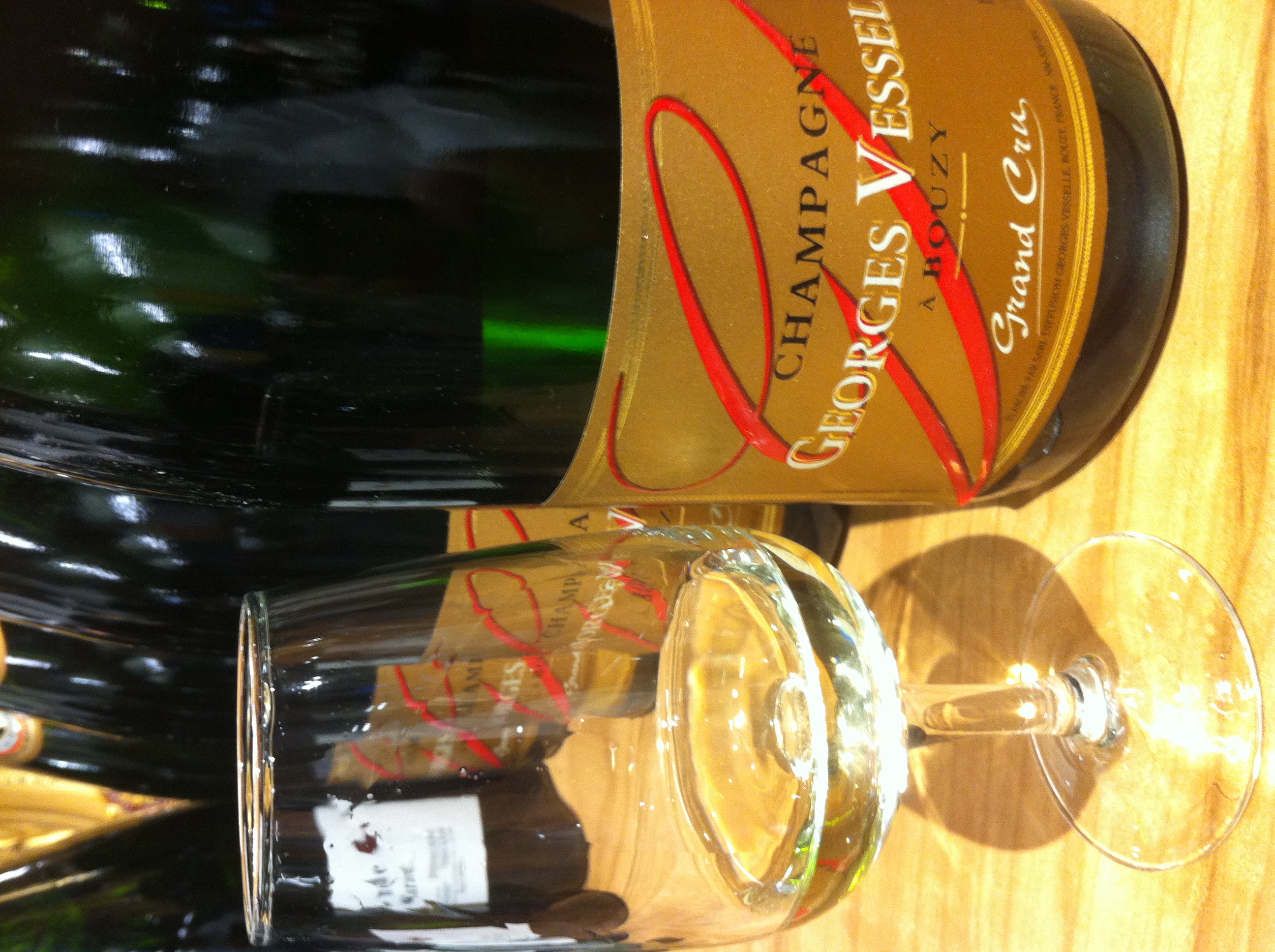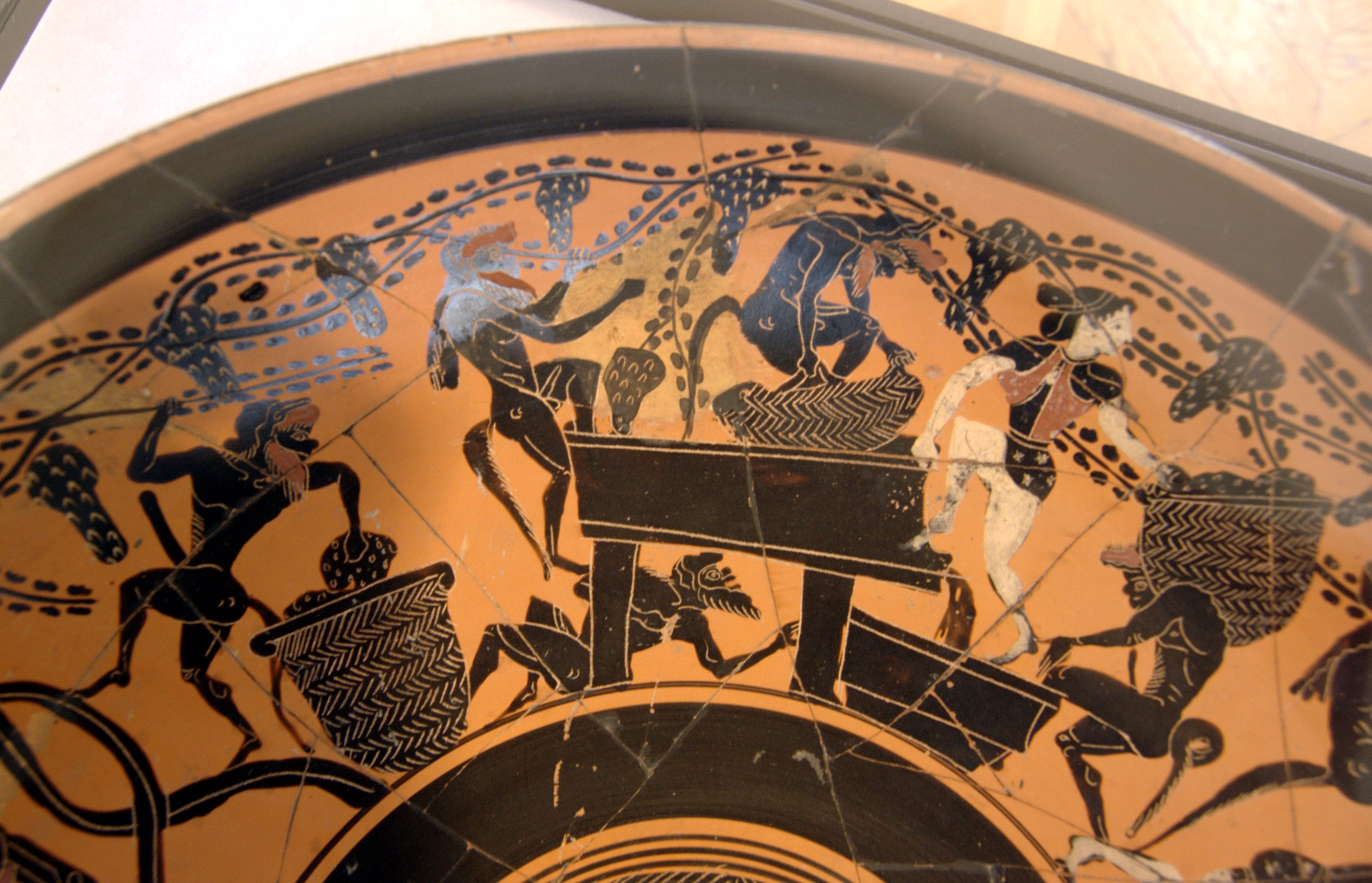|
Agrapart
Agrapart & Fils is a Grower Champagne producer which makes organic wines with a focus on ''terroir''.Tasting One Man's Experience: The Champagnes of Agrapart et Fils vinography.com 05.13.2015 History The house was founded in by Arthur Agrapart at the end of the 19th century. His grandson, Pierre, expanded the production in the 1950s-1960s. Since 1984, the estate has been run by Pascal Agrapart and his brother, Fabrice.Peter LiemAgrapart & Fils [...More Info...] [...Related Items...] OR: [Wikipedia] [Google] [Baidu] |
France
France, officially the French Republic, is a country located primarily in Western Europe. Overseas France, Its overseas regions and territories include French Guiana in South America, Saint Pierre and Miquelon in the Atlantic Ocean#North Atlantic, North Atlantic, the French West Indies, and List of islands of France, many islands in Oceania and the Indian Ocean, giving it Exclusive economic zone of France, one of the largest discontiguous exclusive economic zones in the world. Metropolitan France shares borders with Belgium and Luxembourg to the north; Germany to the northeast; Switzerland to the east; Italy and Monaco to the southeast; Andorra and Spain to the south; and a maritime border with the United Kingdom to the northwest. Its metropolitan area extends from the Rhine to the Atlantic Ocean and from the Mediterranean Sea to the English Channel and the North Sea. Its Regions of France, eighteen integral regions—five of which are overseas—span a combined area of and hav ... [...More Info...] [...Related Items...] OR: [Wikipedia] [Google] [Baidu] |
Grower Champagne
Grower Champagnes or Artisan Champagnes are Champagnes produced by the estate that owns the vineyards where the grapes are grown. ''Récoltant-Manipulant'' is the term in French language, French, and Grower Champagnes can be identified by "RM" on the wine label.T. Stevenson, ed. ''The Sotheby's Wine Encyclopedia (4th Edition)'' pg 170-172 Dorling Kindersley 2005 While large Champagne houses such as Mumm, Moët et Chandon and Veuve Clicquot may use grapes from as many as 80 different vineyards in the Champagne region to create a consistent house style, Grower Champagnes tend to be more ''terroir''-focused, sourced from a single vineyard or closely located vineyards around a village, and made with grapes which vary with each vintage.S. PitcherGrower-made Champagnes are an elegant alternative to big-house bubblies''San Francisco Chronicle'', December 16, 2004 Today there are over 19,000 independent growers in the Champagne region, accounting for nearly 88% of vineyard land in the regio ... [...More Info...] [...Related Items...] OR: [Wikipedia] [Google] [Baidu] |
Organic Wine
Organic wine is wine made from grapes grown in accordance with the principles of organic farming, which exclude the use of artificial chemical fertilizers, pesticides, fungicides, and herbicides. The legal definition of organic wine varies from country to country, be it that the European Union sets harmonised rules for all its member countries. Background The consumption of organic wine grew at a rate of 3.7% over the year ending September 19, 2009, outpacing growth (of 2%) in the consumption of non-organic wine during a similar period. There are an estimated 1,500–2,000 organic wine producers globally, including negociant labels, with more than 885 organic domains in France alone. Production and preservatives For wine produced in the European Union, addition of sulfites that were used as preservatives is allowed in organic wine, but at lower maximum levels than in conventional wine production. In other countries, the preservative is not allowed at all in organic wine. In ... [...More Info...] [...Related Items...] OR: [Wikipedia] [Google] [Baidu] |
Terroir
(; ; from ''terre'', ) is a French language, French term used to describe the environmental factors that affect a crop's phenotype, including unique environment contexts, farming practices and a crop's specific growth habitat. Collectively, these contextual characteristics are said to have a character; ''terroir'' also refers to this character. Some artisanal crops and foods for which ''terroir'' may apply include wine, cheese, Single-origin coffee, coffee, single malt whisky, onions, and tea. ''Terroir'' is the basis of the French wine ''appellation d'origine contrôlée'' (AOC) system, which is a model for wine appellation and regulation in France and around the world. The AOC system presumes that the land from which the grapes are grown imparts a unique quality that is specific to that growing site (the plants' habitat). The extent of terroir's significance is debated in the wine industry. Origins Over the centuries, French winemakers developed the concept of terroir by ob ... [...More Info...] [...Related Items...] OR: [Wikipedia] [Google] [Baidu] |
Avize
Avize () is a commune in the Marne department in northeastern France. Champagne The village's vineyards are located in the Côte des Blancs subregion of Champagne, and are classified as Grand Cru (100%) in the Champagne vineyard classification. Located in the heart of the Côte des Blancs, Avize is a village wine with many Champagne houses. About 400 winegrowers harvest 3,350 tons of grapes annually. Its fermentation within the 12 km of the city cellars gave birth to the most prestigious wines of Champagne: ''Blanc de blancs''. A treasure with flavors of orange and grapefruit that attracted the most beautiful houses in Avize: Moët & Chandon, Veuve Clicquot and Champagne Roederer. Major champagne houses were founded in Avize as De Cazanove (1811), Koch (1820), or Bricout (1966). Population See also *Communes of the Marne department *Classification of Champagne vineyards The classification of Champagne vineyards developed in the mid-20th century as a means of ... [...More Info...] [...Related Items...] OR: [Wikipedia] [Google] [Baidu] |
Hectare
The hectare (; SI symbol: ha) is a non-SI metric unit of area equal to a square with 100-metre sides (1 hm2), that is, square metres (), and is primarily used in the measurement of land. There are 100 hectares in one square kilometre. An acre is about and one hectare contains about . In 1795, when the metric system was introduced, the ''are'' was defined as 100 square metres, or one square decametre, and the hectare (" hecto-" + "are") was thus 100 ''ares'' or km2 ( square metres). When the metric system was further rationalised in 1960, resulting in the International System of Units (), the ''are'' was not included as a recognised unit. The hectare, however, remains as a non-SI unit accepted for use with the SI and whose use is "expected to continue indefinitely". Though the dekare/decare daa () and are (100 m2) are not officially "accepted for use", they are still used in some contexts. Description The hectare (), although not a unit of SI, is ... [...More Info...] [...Related Items...] OR: [Wikipedia] [Google] [Baidu] |
Côte Des Blancs
The Côte des Blancs is an area of Champagne vineyards. Located in the department of Marne, it lies south of Epernay, stretches for about 20 km, and had a vineyard area of in 2006. The ''Côte des Blancs'' is a mostly eastern-facing slope that owes its name to the color of the grape that is planted: 95% Chardonnay. Champagnes in this area include the term " blanc de blancs". Only four villages are located on the actual Côtes des Blancs slope, namely Avize, Cramant, Le Mesnil-sur-Oger and Oger but all municipalities between Cuis and Bergères-les-Vertus have their vineyards on the côtes. The ''Côte des Blancs'' yields popular champagnes, which are known for light and delicate aromas, finesse and elegance. The Côtes des Blancs is the source of Chardonnay for many vintage Champagnes and prestige cuvées from the large Champagne houses. Classification Côte des Blancs includes six villages classified as grand cru. * Avize * Chouilly * Cramant *Le Mesnil-sur-Oger ... [...More Info...] [...Related Items...] OR: [Wikipedia] [Google] [Baidu] |
Classification Of Champagne Vineyards
The classification of Champagne vineyards developed in the mid-20th century as a means of setting the price of grapes grown through the villages of the Champagne wine region. Unlike the classification of Bordeaux wine estates or Burgundy Grand cru vineyards, the classification of Champagne is broken down based on what village the vineyards are located in.J. Robinson (ed) ''"The Oxford Companion to Wine"'' Third Edition pg 152-153 Oxford University Press 2006 A percentile system known as the ''Échelle des Crus'' ("ladder of growth") acts as a pro-rata system for determining grape prices. Vineyards located in villages with high rates will receive higher prices for their grapes than vineyards located in villages with a lower rating. While the ''Échelle des Crus'' system was originally conceived as a 1-100 point scale, in practice, the lowest rated villages are rated at 80%. ''Premier crus'' villages are rated between 90 and 99 percent while the highest rated villages, with 100% ... [...More Info...] [...Related Items...] OR: [Wikipedia] [Google] [Baidu] |
Vintage
In winemaking, vintage is the process of picking grapes to create wine. A vintage wine is one made from grapes that were all, or primarily, grown and harvested in a single specified year. In certain wines, it can denote quality, as in Port wine, where Port houses make and declare vintage Port in their best years. From this tradition, a common, though not strictly correct, usage applies the term to any wine that is perceived to be particularly old or of a particularly high quality. Most countries allow a vintage wine to include a portion of wine that is not from the year denoted on the label. In Chile and South Africa, the requirement is 75% same-year content for vintage-dated wine. In Australia, New Zealand, and the member states of the European Union, the requirement is 85%. In the United States, the requirement is 85%, unless the wine is designated with an AVA, (e.g., Napa Valley), in which case it is 95%. Technically, the 85% rule in the United States applies equally to impo ... [...More Info...] [...Related Items...] OR: [Wikipedia] [Google] [Baidu] |
Decanter
A decanter is a vessel that is used to hold the decantation of a liquid (such as wine) which may contain sediment. Decanters, which have a varied shape and design, have been traditionally made from glass or crystal. Their volume is usually equivalent to one standard bottle of wine (0.75 litre). A carafe, which is also traditionally used for serving alcoholic beverages, is similar in design to a decanter but is not supplied with a stopper. History Throughout the history of wine, decanters have played a significant role in the serving of wine. The vessels would be filled with wine from amphoras and brought to the table where they could be more easily handled by a single servant. The Ancient Romans pioneered the use of glass as a material. After the fall of the Western Roman Empire, glass production became scarce causing the majority of decanters to be made of bronze, silver, gold, or earthenware. The Venetians reintroduced glass decanters during the Renaissance period and pion ... [...More Info...] [...Related Items...] OR: [Wikipedia] [Google] [Baidu] |
Chaptalize
Chaptalization is the process of adding sugar to unfermented grape must in order to increase the alcohol content after fermentation. The technique is named after its developer, the French chemist Jean-Antoine-Claude Chaptal. This process is not intended to make the wine sweeter, but rather to provide more sugar for the yeast to ferment into alcohol. Chaptalization has generated controversy and discontent in the French wine industry due to advantages that the process is perceived to give producers in poor-climate areas. In response to violent demonstrations by protesters in 1907, the French government began regulating the amount of sugar that can be added to wine. Chaptalization is sometimes referred to as enrichment, for example in the European Union wine regulations specifying the legality of the practice within EU. The legality of chaptalization varies by country, region, and even wine type. In general, it is legal in regions that produce grapes with low sugar content, such as ... [...More Info...] [...Related Items...] OR: [Wikipedia] [Google] [Baidu] |






